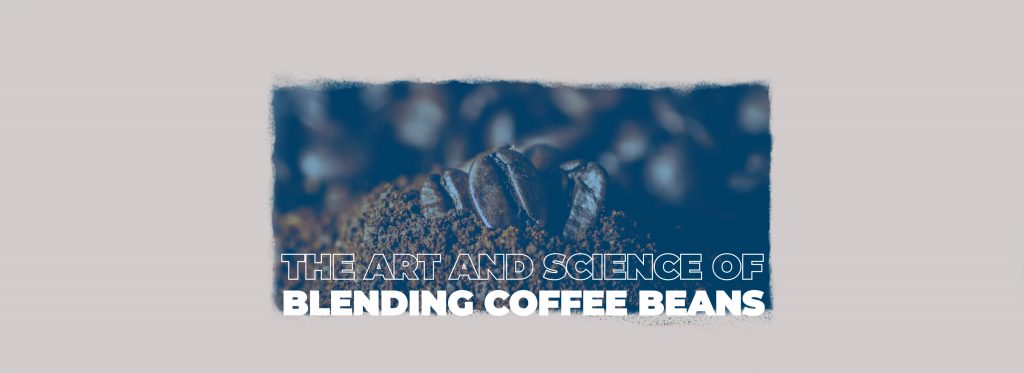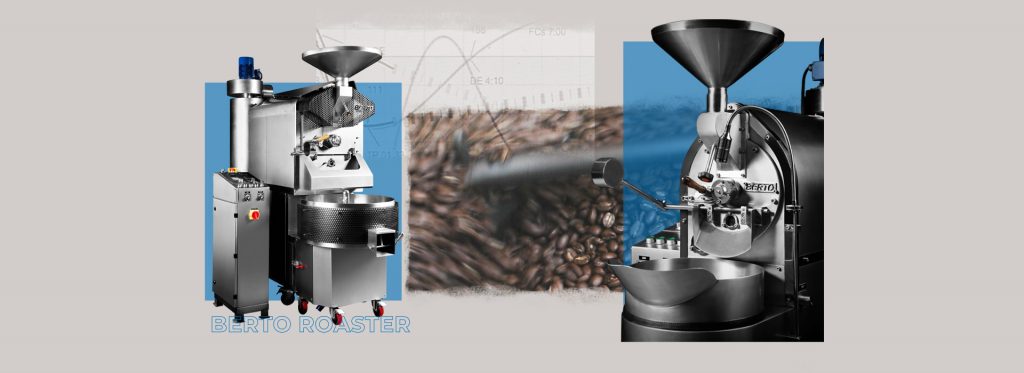Coffee Roasting 101: Identifying and Avoiding Over-Roasted Beans
Achieving that perfect cup of coffee, that symphony of aroma and flavor, requires a delicate dance between specialty coffee bean selection, roast level, and brewing technique. One crucial step in this dance is coffee roasting, transforming green coffee beans into the dark, enticing liquid goodness we know and love. Yet, a misstep in roasting can lead to a harsh, bitter brew – the dreaded over-roasted coffee.
This article delves into the world of specialty coffee roasting, equipping you with the knowledge to identify over-roasted coffee and ensure a consistently delicious cup.
The Science of Coffee Roasting: Unlocking Flavor
Green coffee beans hold a treasure trove of flavor potential but remain locked until the roasting process begins. As heat is applied, a series of complex chemical reactions occur within the bean. Sugars caramelize, creating sweetness and depth of flavor. Acids break down, contributing to a smoother taste. Oils rise to the surface, adding richness.
The degree of roast determines the extent of these reactions. Lighter roasts retain more acidity and delicate notes, while darker roasts showcase bolder flavors with a heavier body. However, pushing the roast level too far can lead to over-extraction, burning the coffee and producing undesirable bitterness.
Signs of an Over-Roasted Bean: Seeing, Smelling, and Tasting the Difference
So, how do you identify an over-roasted bean? Here are some key indicators to watch for:
Visually:
Color: Over-roasted beans are typically very dark, approaching black. They may even have a shiny or oily appearance. Lighter roasts, like light brown for a blonde roast, will have a more matte finish.
Size: Over-roasted beans tend to be smaller due to the breakdown of internal structures during the roasting process.
Olfactorily:
Aroma: While darker roasts naturally have a bolder aroma, over-roasted coffee will smell burnt or ashy. You might miss the enticing notes of chocolate, caramel, or fruit that are present in a well-roasted bean.
Taste:
Bitterness: Over-roasted coffee is characterized by an overwhelming bitterness that lingers on the tongue. The delicate balance of sweetness and acidity is lost, leaving a harsh and unpleasant taste.
Flavor Profile: The nuanced flavors unique to the coffee origin are masked by the burnt taste of over-roasted beans. Think of it like burning a perfectly seasoned steak – the char overwhelms the original flavors.

The Impact of Over-Roasting: More Than Just Taste
The consequences of over-roasting extend beyond a bad cup of coffee. Here’s what you should know:
Reduced Health Benefits: Coffee boasts various health benefits, including antioxidants and potential cognitive benefits. However, over-roasting can decrease the levels of these beneficial compounds.
Loss of Origin Characteristics: Each coffee bean origin has its unique flavor profile. Over-roasting homogenizes the taste, making it difficult to differentiate between coffees from various regions.
Tips to Achieve the Perfect Roast: Master the Art for a Balanced Cup
The key to avoiding over-roasted coffee lies in understanding your equipment and experimenting.
Here are some pointers to guide you:
Know Your Roaster: Different roasters operate at varying speeds and heat intensities. Familiarize yourself with your machine’s capabilities to manage the roast level.
Start Lighter: If you’re new to coffee roasting, err on the side of a lighter roast. You can always extend the roast time slightly if needed, but a burnt bean is beyond saving.
Use Your Senses: Pay close attention to the sights and smells during the roasting process. The first crack (a popping sound as the beans expand) indicates a light roast. The second crack (a deeper, more rolling sound) signifies a darker roast.
Practice Makes Perfect: Roasting is a skill that develops with experience. Don’t get discouraged if your initial attempts aren’t perfect. Keep experimenting, taking notes on your roast profiles and results.
For a deeper dive into the world of specialty coffee roasting, explore our other comprehensive blog posts!







